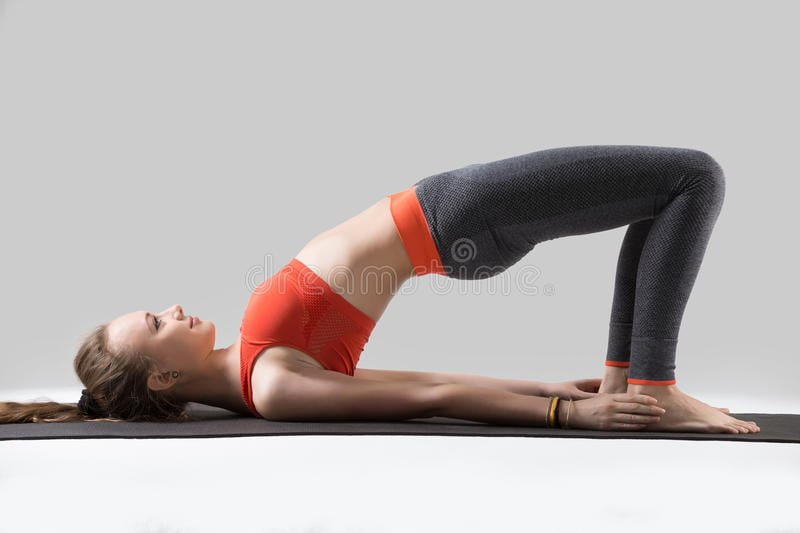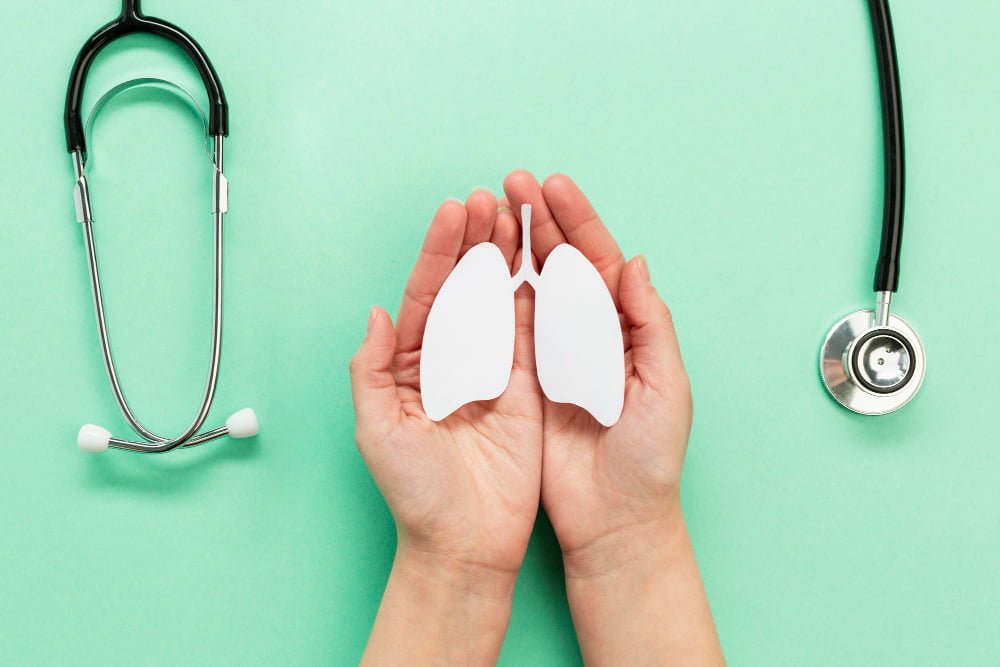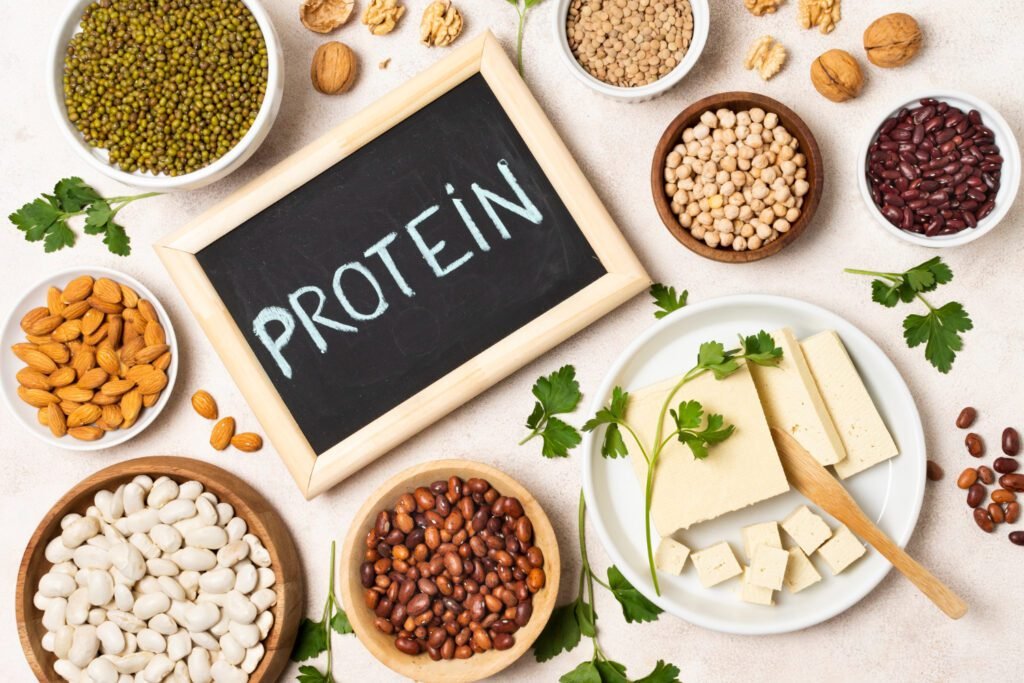Vitamin D is a vital nutrient that plays a very crucial role in human life, it maintains overall health and well-being. It is primarily known to keep bones and teeth healthy, it has many other important roles in functioning the body. Today here, in this article we’ll discuss The Importance of Vitamin D, its Sources, Deficiency, and Health Impact.

Importance of Vitamin D:
- For Healthy Bones: Vitamin D is very essential in the absorption of calcium and phosphorus, which are very crucial for the development and maintenance of healthy and strong bones. It helps in regulating the levels of calcium in our body, prompting proper mineralization and reduces the risk of rickets in children and osteoporosis in adults.
- For Muscles Function: Vitamin D is very important in muscles functioning, It helps in strengthening muscles that reduces the risk of falling in adults.
- For Immune system: Vitamin D is important for a well-functioning of the body, Adequate amount of vitamin D levels plays a role in modulation of immune response, reducing the risk infections and other diseases.
- For Overall Health: Researchers have mentioned that Vitamin D may have a great impact on various aspects of health, including bone health, cardiovascular health, brain functioning, and cancer prevention.
Sources of Vitamin D:
- Sunlight: No doubt Sunlight is the primary source of Vitamin D, When our skin is exposed to the sunlight, it produces vitamin D naturally. However the ability to produce vitamin d depends on various circumstances, i.e., time of the day, location, skin pigmentation etc. So if you are really serious to get enough vitamin D you must expose your skin to the direct sunlight early in the morning and in the evening time.
- Diet: There are few amount of foods that are rich natural sources of vitamin D, you can obtain it through dietary sources, some rich sources of vitamin d include fatty fish (Salmon, Mackerel & sardines), some fortified dairy products such as milk, yogurt, and cheese are also good sources of vitamin d. Egg yolks are also good sources.
- Supplements: If in case where sunlight and diet both seem insufficient you must take a help from supplements, but under guidance of health care professionals to meet body requirements.
Deficiency:
A diet with insufficient vitamin D in addition to inadequate sun exposure causes vitamin D deficiency. An estimated one billion adults worldwide are either vitamin D insufficient or deficient, including developing countries in Europe.
Severe vitamin D deficiency in children causes a softening and weakening of growing bones, and a condition called Rickets. Vitamin D deficiency found worldwide in the elderly and remains common in children. Deficiency results in impaired bone mineralization and bone damage which leads to bone-softening diseases, including rickets in children and osteomalacia in adults. Darker skinned people have been shown to have low vitamin D levels, they are less efficient at making vitamin D because of melanin present in their skin because it acts as natural protection from sun exposure.
Health Impact of Vitamin D Deficiency:
- Impaired Bone health: Vitamin D is essential for the absorption and utilization of calcium and phosphorus, which are crucial for maintaining healthy and strong bones, low vitamin D levels can lead to decrease in calcium absorption, resulting in weakened bones and an increased risk of conditions like rickets in children and osteoporosis in adults.
- Muscles Weakness: Vitamin D deficiency leads to weakened muscles, and muscle pain and an increased risk of falls in older adults. Adequate vitamin D levels are necessary for optimal muscle function.
- Increased disease risk: It has found in research suggests that vitamin D plays a role in reducing risk of various diseases. Whereas low vitamin D have been associated with an increased risk of certain cancers, cardiovascular disease, autoimmune disorders, infectious diseases and mental health conditions.
Conclusion:
Vitamin D is an essential nutrient that plays an important role in maintaining our health and well-being. While sunlight is the primary source, moreover a diet rich in vitamin D and supplements may also help in gaining vitamin D levels.
Read Also: https://www.thedailyhealthlines.com/benefits-of-a-balanced-and-nutritious-diet-for-your-health/




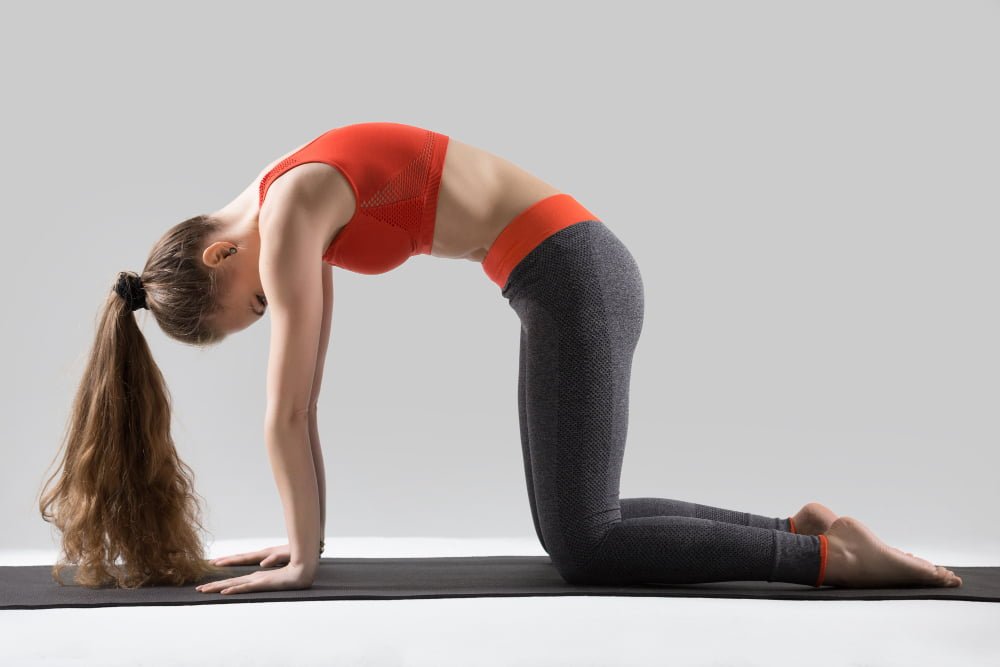
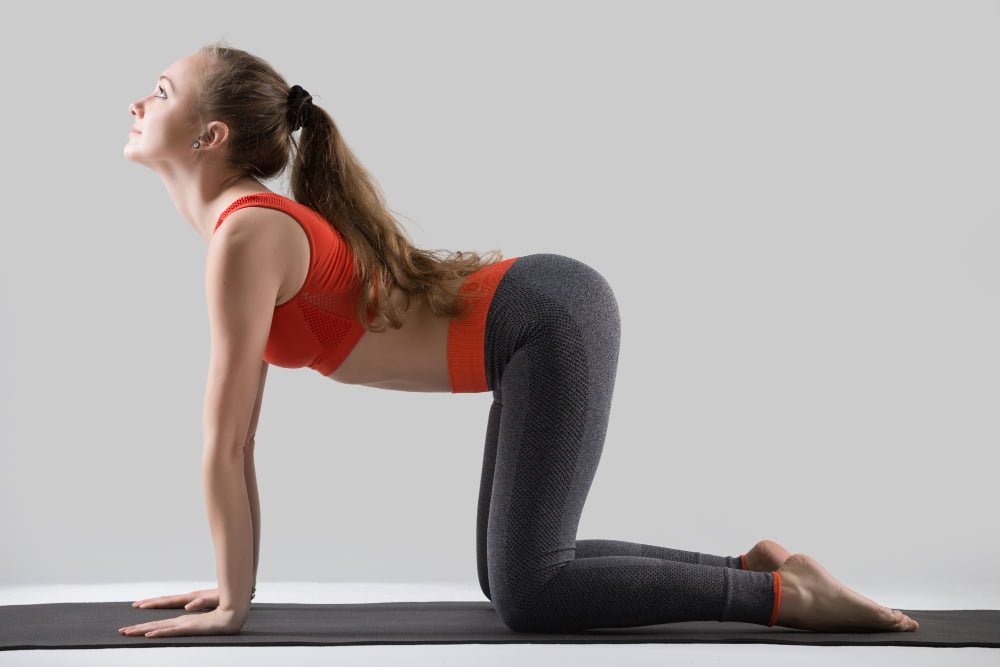 (Cat Pose).
(Cat Pose).